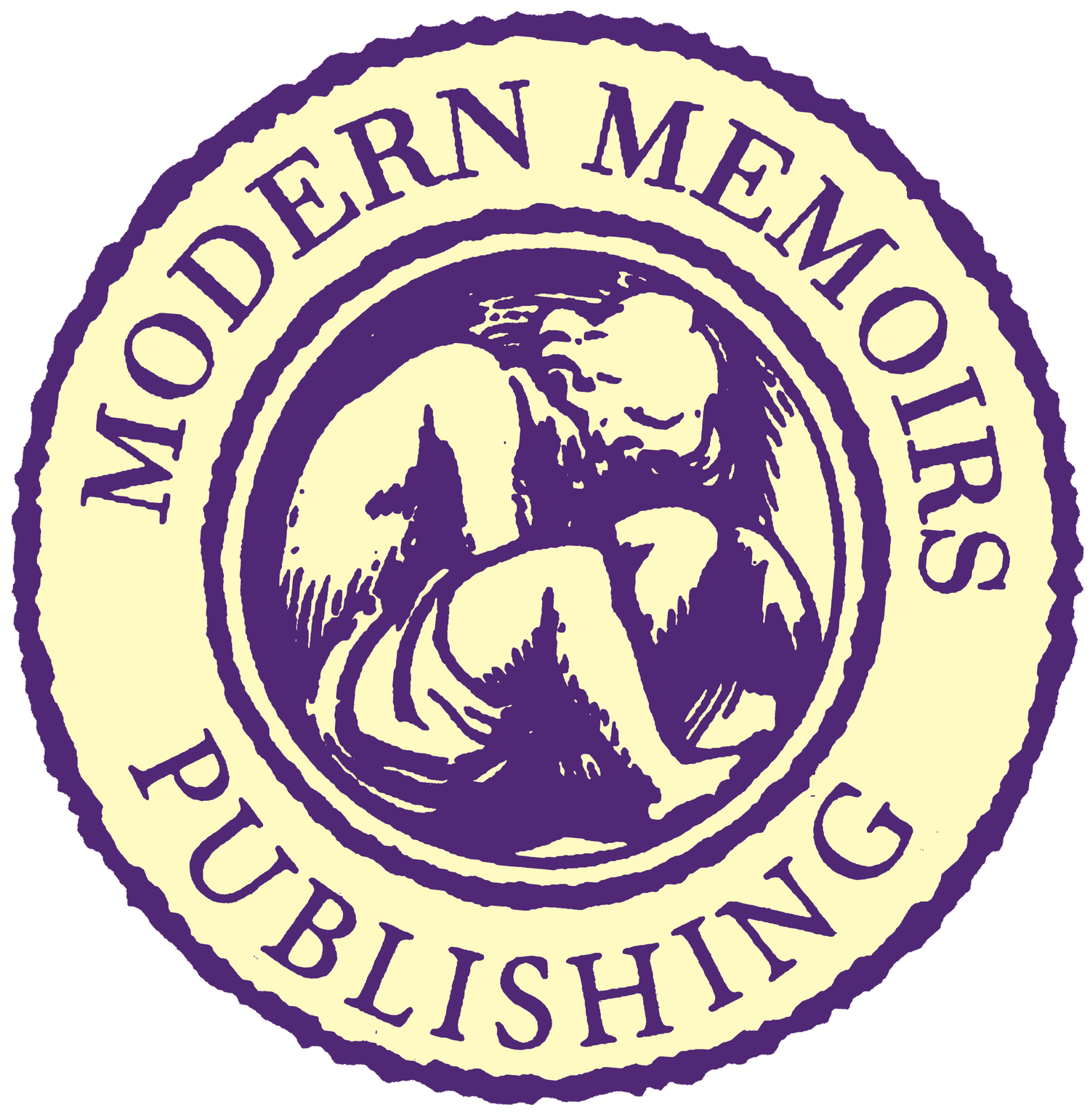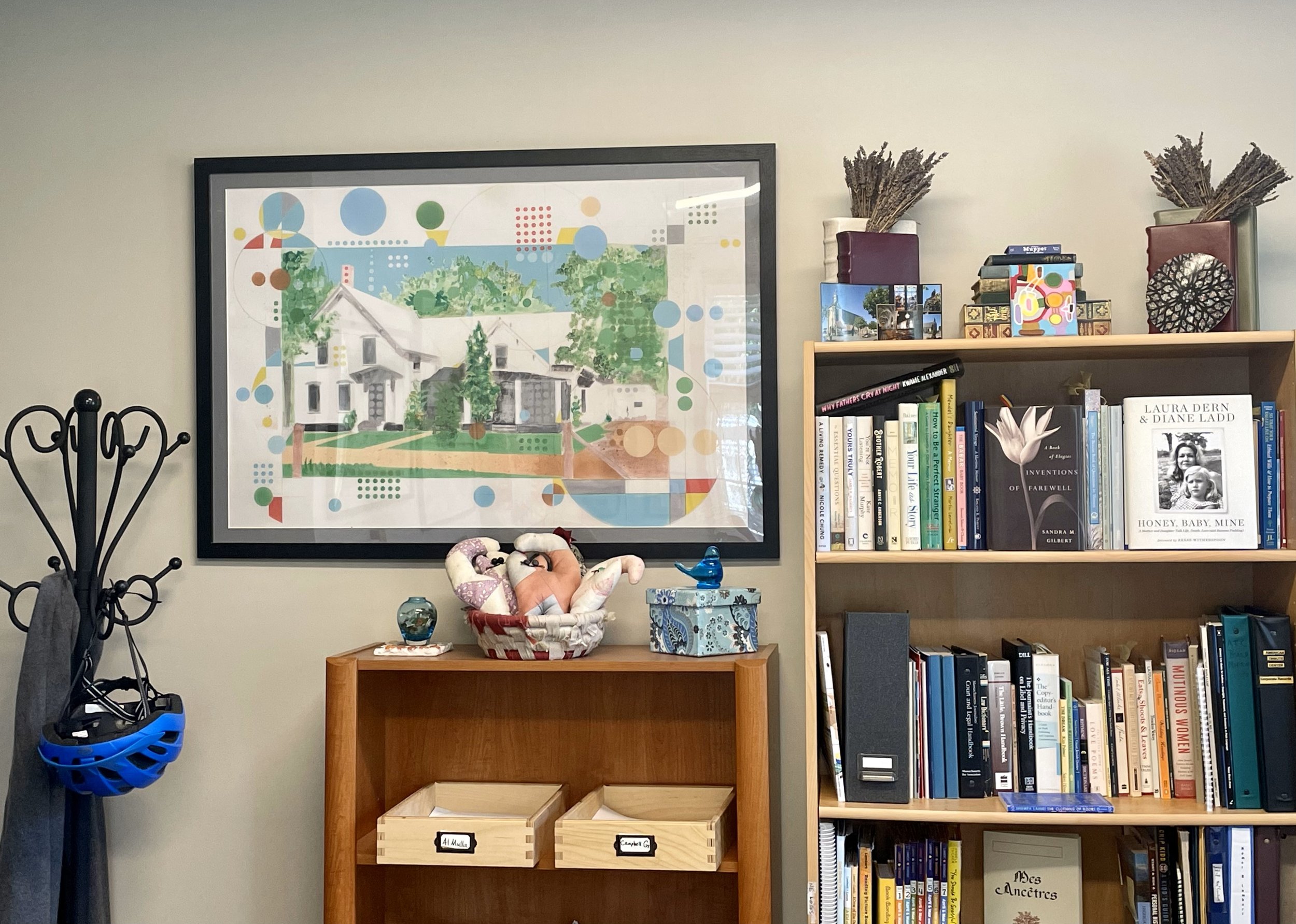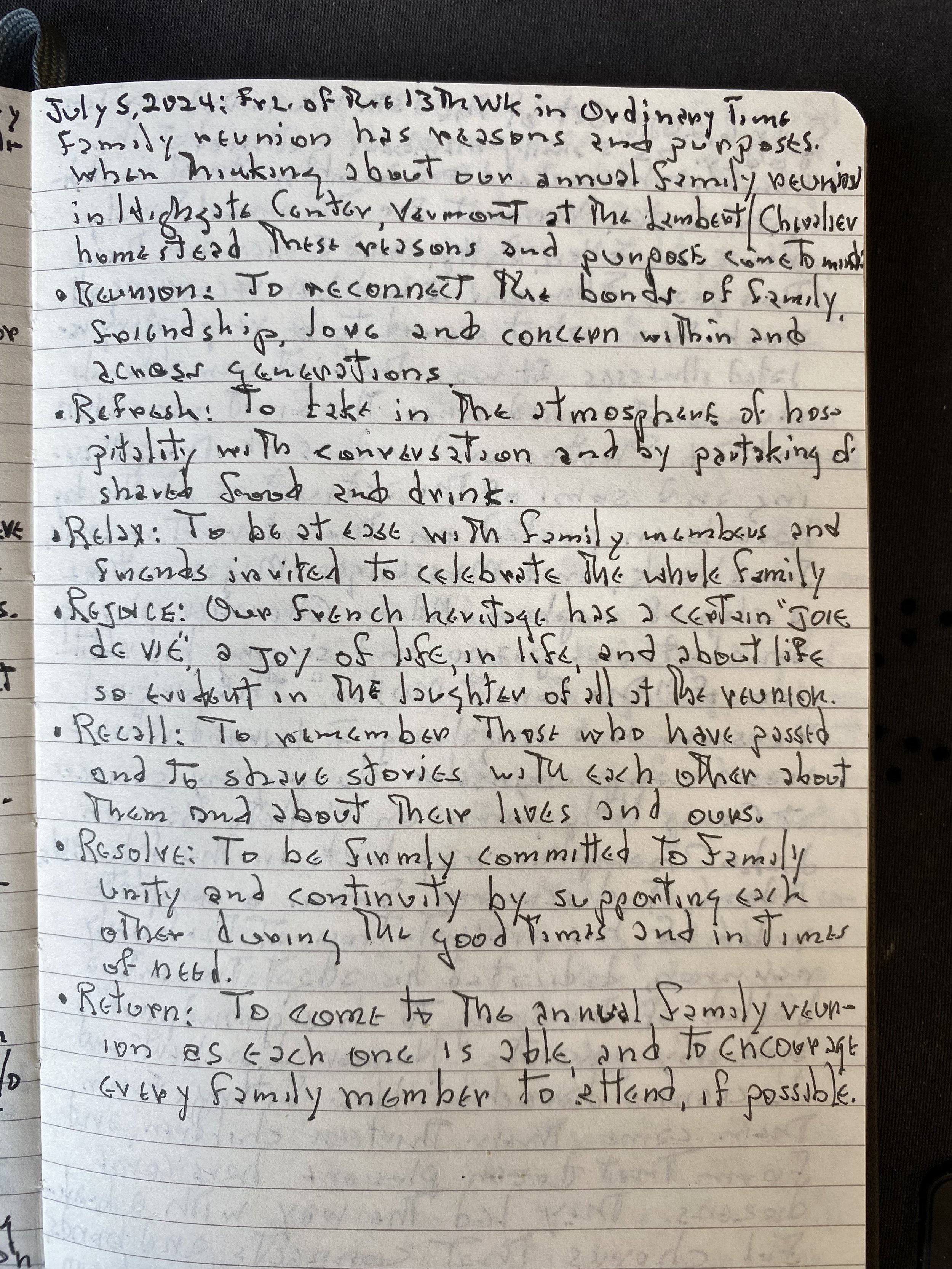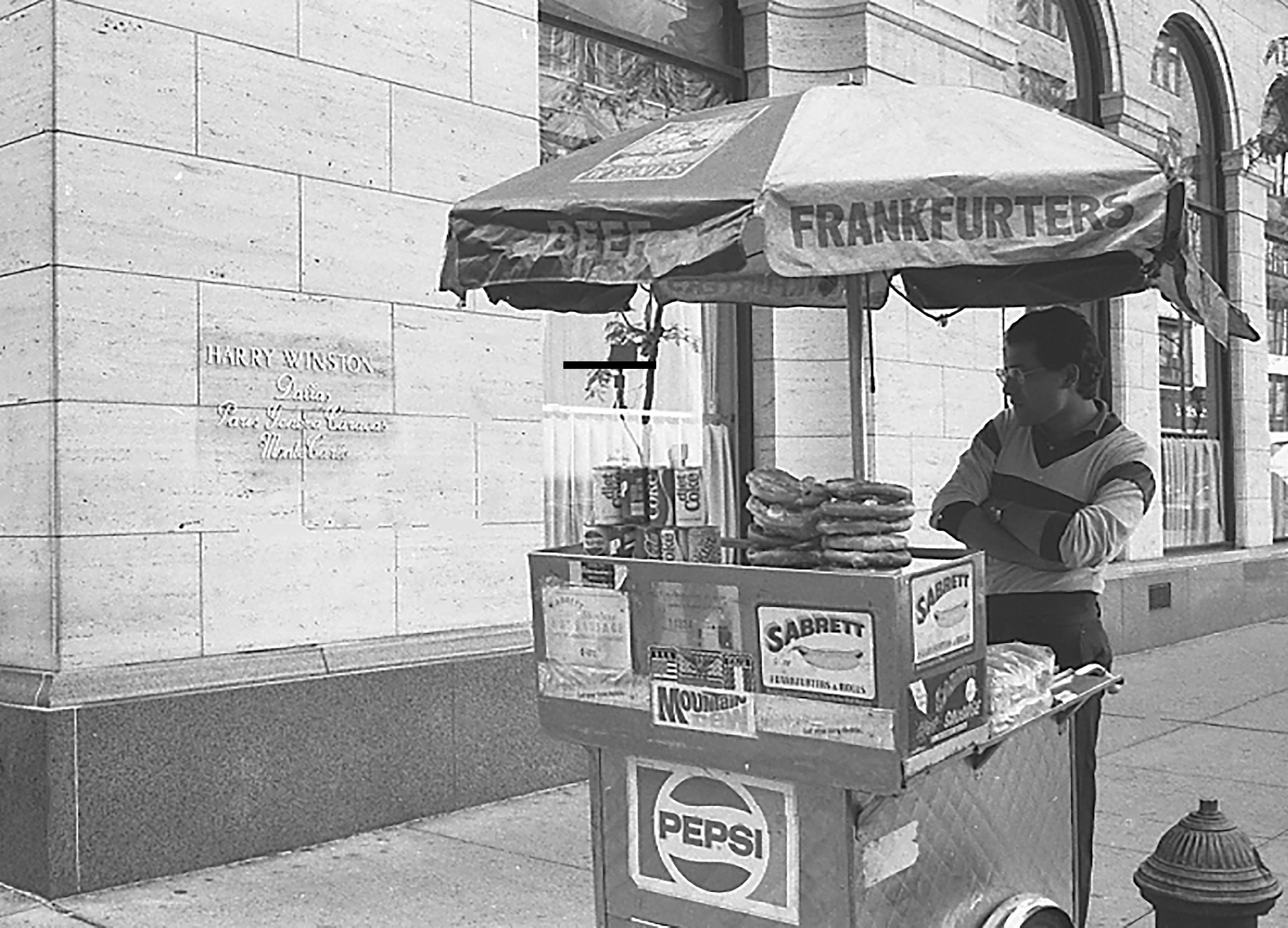This post is the tenth in a series-in-progress by company president Megan St. Marie about heirlooms and objects related to her family history that she keeps in her office to inform and inspire her work at Modern Memoirs.
“The Homestead” a painting by Sean Paul Lambert, hanging in Megan St. Marie’s office
Recently, I travelled to northwestern Vermont for the annual family reunion on my father’s side of the family. This was the 51st year of the gathering, and it was held at the house where my father, Ray Lambert, and his twelve younger siblings were raised. Referred to as “the homestead,” the old farmhouse is now owned by an uncle whose late wife was my father’s younger sister, and I’ve often considered writing a biography of the place to document its history and reflect on all it means to me and to our family. Though I haven’t embarked on such a project yet, my brother, Sean Paul Lambert, is an artist, and a print of a painting he made of the homestead hangs in my office, with another copy at my house, and many more prints in the possession of the extended Lambert family.
Original journal entry of July 5, 2024 by Megan St. Marie’s father, Raymond A. Lambert, transcribed below
This year, our reunion at the homestead was smaller than usual, with “only” about 75 people in attendance. My siblings and some of my cousins couldn’t make the trip, as was the case for some teens and twenty-somethings in my children’s generation. This was also the first year my father was unable to attend, due to a brief illness that kept him home. But of course, Dad was at the reunion in all of our hearts, and a journal entry he wrote expresses that he was there with us in his heart, too. With his permission, I share his reflections on the “reasons and purposes” of family reunions below, in the same spirit that so many Modern Memoirs clients come to us in order to preserve and share their parents’ words of wisdom:
July 5, 2024, Fri. of the 13th Week in Ordinary Time
(Daily Journal Entry by Raymond A. Lambert)
Family reunion has reasons and purposes. When thinking about our family reunion in Highgate, Center, Vermont at the Lambert/Chevalier homestead these reasons and purposes come to mind:
Reunion: To reconnect the bonds of family, friendship, love and concern within and across generations.
Refresh: To take in the atmosphere of hospitality with conversation and by partaking of shared food and drink.
Relax: To be at ease with family members and friends invited to celebrate the whole family.
Rejoice: Our French heritage has a certain “joie de vie,” a joy of life, in life, about life, so evident in the laughter of all at the reunion.
Recall: To remember those who have passed and to share stories with each other about them and about their lives and ours.
Resolve: To be firmly committed to family unity and continuity by supporting each other during the good times and in times of need.
Return: To come to the annual family reunion as each one is able and to encourage every family member to attend, if possible.
“We also gather to Regale each other with entertainment…Rediscover the gifts that each person brings…And we Remind each other of who we are and where we come from”
I’ll add a few other words to Dad’s excellent list of reunion reasons and purposes. In our family, we also gather to Regale each other with entertainment at the annual talent show, during which children show off athletic feats or skills honed in dance and music lessons, and adults perform jokes, skits, and songs that inspire laughter, tears, and occasional groans from the audience. We Rediscover the gifts that each person brings, as family members present their latest knitting and sewing projects, invite us on local home and garden tours to see how a renovation or building project is going and to enjoy the bounty of their green thumbs, or they treat us to favorite recipes. And we Remind each other of who we are and where we come from, connected through love and a heritage we share, no matter how different we may feel from each other in some ways, or where our life paths have taken us.
There were several years I missed our family reunion when I was a teenager and in my young adulthood. I had all kinds of excuses for failing to prioritize the annual gathering, none of which hold water for me anymore, and all of which I now realize were grounded in a youthful sense of having plenty of time ahead of me for such events. Today I know better—not just because my own age in midlife tells me I likely have more time behind me than I do ahead of me, but also because as I see my father’s generation aging and continuing to give of themselves to our family, I truly recognize how precious all times of reunion with them are. Someday if I do write a biography of the homestead, there will be at least one chapter devoted to the Lambert family reunion, to record for future generations just how lucky we’ve been to have these gatherings in this very special place of our hearts.
The homestead in the early 20th century, before it belonged to the Lambert family, pictured on a postcard noting that it was the birthplace of U. S. Senator Warren R. Austin (1877–1962)
Megan St. Marie, photo by Jason Lamb Photography
Megan St. Marie is president of Modern Memoirs, Inc.































